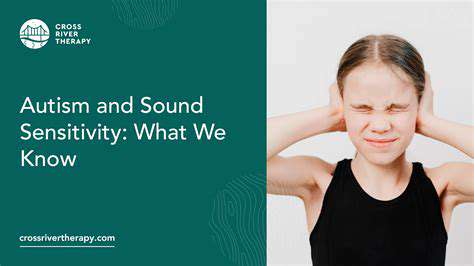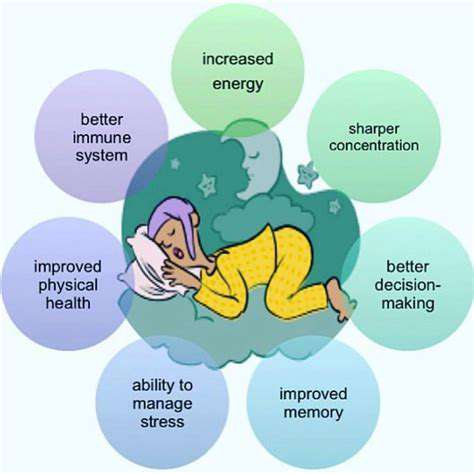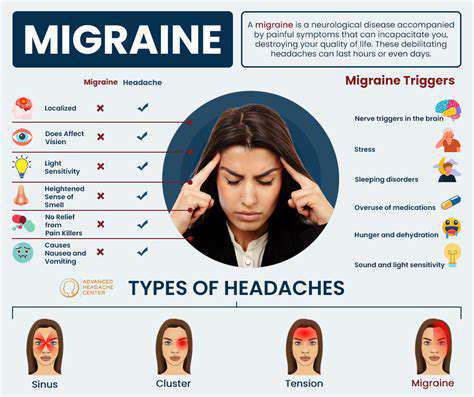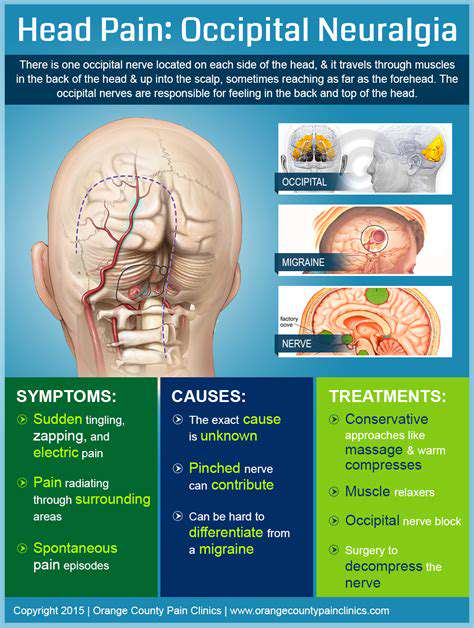Crown of Head Pain: Causes and Effective Treatments
Table of contents
Crown Head Pain often results from scalp anatomy and tension.
Tension headaches commonly cause pain at the crown of the head.
Migraines can lead to intense pain in the crown region.
Scalp neuralgia and sinus infections may also trigger crown head pain.
Effective treatment includes lifestyle changes and over-the-counter pain relievers.
Alternative therapies like acupuncture can relieve crown head discomfort.
Maintaining hydration and nutrition helps prevent crown of head pain.
What Causes Crown of Head Pain?
Understanding the Anatomy of Crown Head Pain
Crown of head pain can often be traced back to the intricate anatomy of the skull and its surrounding structures. The top of the head, or the crown, is home to various layers of tissue, blood vessels, muscles, and nerves. Understanding these components is crucial in identifying the actual cause of pain.
The scalp is covered by the galea aponeurotica, a robust fibrous structure that serves as an attachment point for muscles. When tension or strain affects these muscles, it can lead to discomfort or pain in the crown region. This tension can stem from physical activities, poor posture, or stress-related habits.
Additionally, the crown of the head is rich in nerve endings, including branches from the trigeminal nerve. These nerves are responsible for transmitting pain signals to the brain. Therefore, irritation or inflammation of any of these nerve endings can result in sharp or throbbing pain at the crown.
A comprehensive understanding of this anatomy not only aids in diagnosing the cause of crown head pain but also in developing effective treatment plans. By recognizing the various structures involved, healthcare providers can better address individual symptoms and needs.
Common Causes of Pain at the Crown of the Head
One of the most prevalent causes of crown of head pain is tension-type headaches. These often result from prolonged stress, anxiety, or muscle tension that leads to discomfort in the scalp and surrounding areas. Individuals experiencing these headaches may describe the pain as a tightness or pressure that settles in the crown region.
Migraines are another significant contributor to crown head pain. These severe headaches can manifest as intense, throbbing pain typically localized to one side of the head but can occasionally affect the crown area as well. Accompanying symptoms such as nausea, light sensitivity, and visual disturbances make migraines particularly debilitating.
Other potential causes include conditions like scalp neuralgia, which involves irritation of the nerves near the scalp, leading to pain in localized areas including the crown of the head. Furthermore, sinus infections affecting the upper respiratory system can cause referred pain that is often felt at the crown due to pressure on the cranial structures.
In some cases, crown of head pain may also be associated with more serious conditions such as cluster headaches or even intracranial issues. Therefore, if symptoms persist or worsen, it is crucial for individuals to seek medical evaluation to rule out any underlying concerns.
Effective Treatments and Management Strategies
Addressing crown of head pain typically begins with a thorough assessment of its underlying cause, which can guide appropriate treatment options. For tension-type headaches, lifestyle modifications such as stress management techniques, including yoga, meditation, and regular exercise, can be incredibly beneficial.
Medications, such as over-the-counter pain relievers, may provide temporary relief from crown of head pain. Non-prescription analgesics like ibuprofen or acetaminophen can often help alleviate migraine and tension headache symptoms when taken at the onset of pain.
Alternative therapies also show promise in managing crown of head pain. Practices such as acupuncture, physical therapy, and chiropractic care have been reported to relieve tension and restore balance within the musculoskeletal system, improving overall comfort in the crown area.
Lastly, maintaining a healthy lifestyle with a balanced diet, adequate hydration, and sufficient sleep can play a significant role in preventing crown of head pain. Individuals are encouraged to recognize their personal triggers, whether they are dietary, emotional, or environmental, and develop strategies to mitigate these factors for long-term relief.
Effective Treatments for Crown of Head Pain

Understanding the Causes of Crown of Head Pain
Crown of head pain can stem from various underlying issues, and recognizing these causes is crucial for effective treatment. Common triggers include tension headaches, migraines, and even sinusitis, all of which can manifest as discomfort at the crown of the head. Each of these conditions has its own set of symptoms and characteristics, making it vital for individuals to understand their unique experiences of head pain.
In addition to headaches and migraines, other factors like stress, poor posture, and eye strain can contribute significantly to crown of head pain. Regular monitoring of your lifestyle habits can help identify potential culprits that exacerbate the pain. For instance, spending long hours at a computer without proper ergonomic support can lead to tension in the neck and shoulders, ultimately radiating to the crown of the head.
Other less common conditions, such as fibromyalgia or even hypertension, may also present as pain at the crown of the head. Investigating these less familiar culprits can provide a more comprehensive approach to treatment and management, ensuring that individuals receive appropriate interventions tailored to their specific health profiles.
Effective Treatments and Home Remedies for Relief
Addressing crown of head pain often requires a multifaceted approach combining medical treatments with lifestyle adjustments. Over-the-counter medications like ibuprofen or acetaminophen can provide quick relief for occasional pain, but it’s essential to consult a healthcare professional for persistent issues. Prescription medications, particularly for chronic migraines or tension headaches, may also be necessary to manage symptoms effectively.
In addition to pharmaceuticals, numerous home remedies can assist in alleviating crown of head pain. Techniques such as applying a cold pack or warm compress to the affected area can soothe discomfort, while relaxation exercises, like yoga or meditation, may reduce stress levels that often exacerbate the pain. Maintaining proper hydration and nutrition also plays a critical role in preventing future occurrences.
Lastly, incorporating regular physical activity into one’s routine can be beneficial for both mental and physical health. Engaging in activities that promote overall well-being not only strengthens the body but also aids in reducing tension that can lead to crown of head pain. Utilizing techniques like deep-breathing exercises can enhance relaxation and ultimately contribute to long-term relief from this discomfort.




